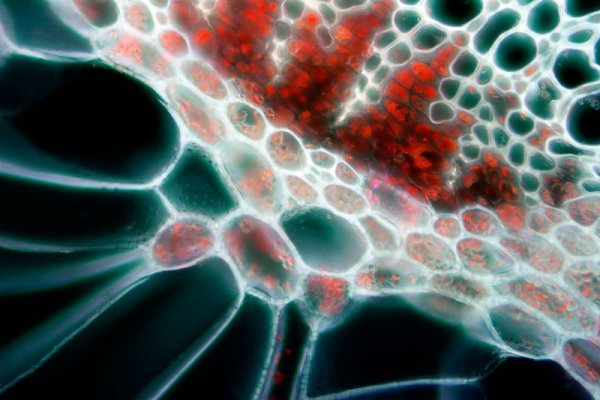-
Tips for becoming a good boxer - November 6, 2020
-
7 expert tips for making your hens night a memorable one - November 6, 2020
-
5 reasons to host your Christmas party on a cruise boat - November 6, 2020
-
What to do when you’re charged with a crime - November 6, 2020
-
Should you get one or multiple dogs? Here’s all you need to know - November 3, 2020
-
A Guide: How to Build Your Very Own Magic Mirror - February 14, 2019
-
Our Top Inspirational Baseball Stars - November 24, 2018
-
Five Tech Tools That Will Help You Turn Your Blog into a Business - November 24, 2018
-
How to Indulge on Vacation without Expanding Your Waist - November 9, 2018
-
5 Strategies for Businesses to Appeal to Today’s Increasingly Mobile-Crazed Customers - November 9, 2018
Cyborg Rose Created When Digital Electronics were Inserted into a Living Plant
Scientists have woven electronics into the vascular system of living plants for the first time in a breakthrough which could allow them to convert photosynthesis into power.
Advertisement
As detailed in a study published on Friday, November 20, in the journal Science Advances, the ground-breaking flower bloomed within the confines of the Laboratory of Organic Electronics (LOE) at Linköping University, in Sweden.
Thanks to independent research money from the Knut and Alice Wallenberg Foundation in 2012, Professor Berggren was able to assemble a team of researchers to reboot the project. Here, it was stimulated to create electrochemical cells displaced in groups and acting much like “pixels” would in a digital image.
A new bionic rose was created at Linköping University. Researchers discovered the plants were capable of carrying the electric charge.
“A$3 constant current… can be maintained for extended periods of time”, the researchers wrote in the study.
The scientists have been optimistic that the discovery would have a number of future applications, including the answering of questions about how the plants can store as well as transfer energy.
According to co-author of the study, Ove Nilsson from the Umeå Plant Science Center, prior to this, there were no good enough tools to measure the concentration of various molecules inside living plants.
“Everything occurs naturally, and we use the plants’ own very advanced, unique systems”.
By aiding the plant’s natural processes electronically, researchers can speed up the growth process and greatly improve photosynthesis. The team picked rose shrubs due to the plants accessibility and distinctive root system, and because rose bushes have petioles, bark and leaves.
The team used the xylem wires to make a transistor – a basic building block of computing and electronics. By suffusing the leaf with PEDOT and using voltage to manipulate the position of the polymers relative to the leaf’s surface, they created a very slow, very crude, but functional monochromatic screen.
The team made a decision to keep trying with other materials. The team removed the air from the leaf of the rose and injected it with the same polymer using a vacuum infiltration process. “It’s an unbelievable luxury with this kind of money, where you are free to choose who you work with, and also to halt research quickly when it’s not working”, Berggren said. After a few hours, the gel material would harden and form flexible wires inside the plants’ stems. “What percentage of that will be from plants I can’t say but plant energy for sure opens up a completely novel way to harvest from the world around us”. “We felt those technologies were never going to make it into the forests and fields here”, Berggren says.
The new embedded sensor network could be utilized when a frost is in route to prevent blooms from blooming.
Advertisement
Furthermore, scientists could potentially stop plants from blooming in unfavorable conditions, or improve their productivity when the weather is far more favorable. After all, he notes, biologists have made steady strides in genetic engineering techniques to control myriad biochemical functions in plants. So why go to the trouble of embedding electronics for the same goal? But an electronic switch would be reversible, he said.




























